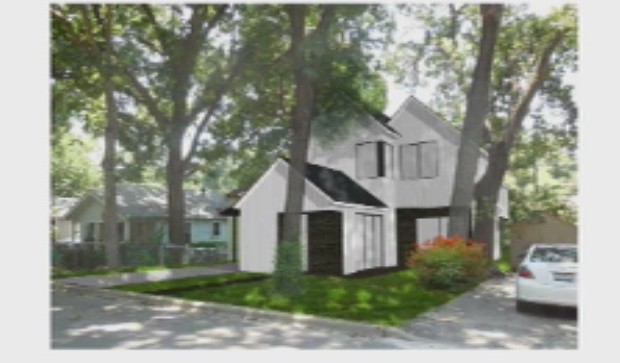STR prohibition proves popular in variance case
Thursday, December 3, 2015 by
Elizabeth Pagano With new regulations for short-term rentals in the works, the topic of STRs has become subtext in any number of seemingly unrelated development cases in the city. This was certainly the case at the most recent Board of Adjustment meeting, when an East Austin request for variances turned into a brief discussion about STRs.
With plans to build a two-story home with a detached rear building at 1211 Taylor St., Richard Kooris originally sought three variances from the Board of Adjustment. Those variances would have decreased the rear setback from 25 feet to 15 feet, decreased the minimum lot size from 7,000 to 5,688 square feet and increased the allowed floor-to-area ratio (FAR) from 0.4 to 1 to 0.46 to 1, allowing for the second unit to be built. However, after meeting with the East Cesar Chavez Neighborhood Planning Team, the owner and developer agreed to drop the third variance and are no longer seeking an increase in FAR.
Shawn Somerville, who is a member of the East Cesar Chavez Neighborhood Planning Team, told the board that, initially, the neighborhood’s land-use committee was opposed to all of the variances. However, the committee agreed not to oppose the remaining variances if the homeowner would agree to drop the request for increased FAR.
Board members voted unanimously to approve the variances, with Michael Benaglio absent. But, before doing so, they added a provision that prohibits the property from being used as a Type 1 or Type 2 short-term rental, though the topic had not been raised prior to their deliberation.
“It’s part of the missing middle. We talk about it, and needing the housing, and if it all goes to hotel rooms, it certainly isn’t part of housing,” said Board Member Melissa Hawthorne.
Though it was not part of the original request, Somerville readily agreed to the prohibition, saying, “The STR issue is hotly, hotly debated. No one’s for it, basically, in the neighborhood.”
“I think adding the condition of no Type 1 or Type 2 STRs would make this palatable to everyone,” said Somerville. “The STR issue is what prompted this whole discussion.”
Matt Fajkus, who is the architect on the project, said that the variances were needed, in part, because several heritage trees in the front pushed development toward the back of the lot. Fajkus pointed out that the lot runs to Holly Street in the rear, so reduction of the rear setback does not mean the house will be built closer to an adjacent home.
“What we are really asking for is a redistribution of the allowed square footage into a secondary unit and for that secondary unit to be within 15 feet of Holly Street in the back,” said Fajkus.
That change sat well with Hawthorne, who said the variances would help create something more in character with the neighborhood than “having a big, 2,300-square-foot mass in one structure.”
“I actually think that by splitting the buildings, you are getting something that’s more proportionally in-scale for the neighborhood,” Hawthorne added.
Image courtesy of the city of Austin.
You're a community leader
And we’re honored you look to us for serious, in-depth news. You know a strong community needs local and dedicated watchdog reporting. We’re here for you and that won’t change. Now will you take the powerful next step and support our nonprofit news organization?



